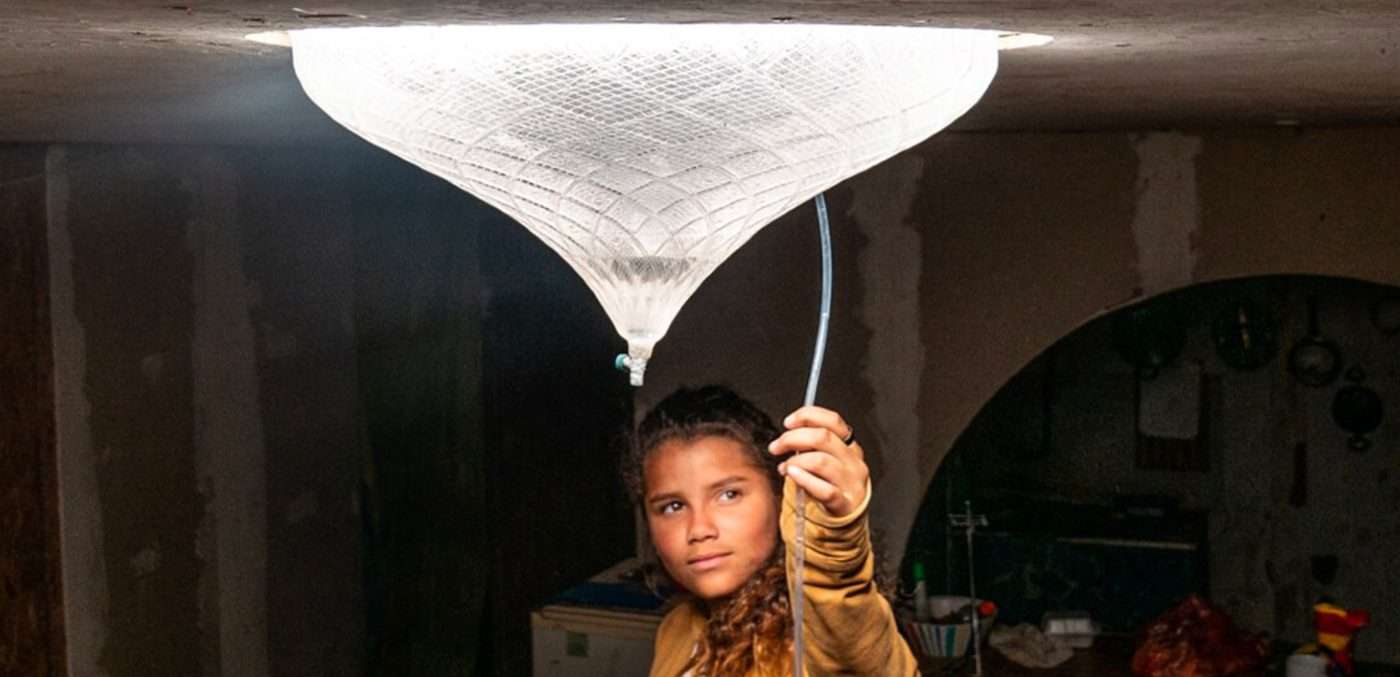Island Overrun With Rats Completely Recovers in Only 11 Years After Ecosystem Had Been Decimated
Rat Island in Alaska has totally recovered after a US eradication effort a decade ago, leaving scientists amazed by nature.

People living in the shanty towns of Chile's coastline have all the water they could ever need, but they can't drink it because it's too salty. There's also abundant solar energy here, but nothing to harness it.
Now, a finalist in the 2021 Lexus Design Award, Henry Glogau, has created something that takes advantage of both these abundant resources: a solar-powered lighting fixture that desalinates water.
Clean water is scarce for the 110,000 families in the area, and power comes through unreliable electric lines. Windows are often boarded up to increase privacy and security, which removes almost all natural light.
"I wanted to achieve a design which was sustainable, passive, and created a striking feature inside the dark settlement home," writes Goglau, a New Zealander who graduated from the Royal Danish Academy with a master's degree, specializing in architecture for extreme conditions.
"In my development process it became apparent that I could address the lack of indoor lighting and water access by creating a hybrid skylight and solar desalination device."
Goglau's device can purify 440 milliliters of water a day, with leftover brine being sifted into batteries made of zinc and copper where they power an LED strip for use during the night.

During the day the light is powered by a small solar panel, and the whole thing is cheap to manufacture.
Not only focused on function, the solar desalination skylight is modeled in such a way as to utilize the chemical process of evaporation and condensation to create soothing lighting patterns on the walls and floor as the photons move through water droplets, vapor, and undulations in the stylized shade.
Now, a finalist in the 2021 Lexus Design Award, Henry Glogau, has created something that takes advantage of both these abundant resources: a solar-powered lighting fixture that desalinates water.
Clean water is scarce for the 110,000 families in the area, and power comes through unreliable electric lines. Windows are often boarded up to increase privacy and security, which removes almost all natural light.
"I wanted to achieve a design which was sustainable, passive, and created a striking feature inside the dark settlement home," writes Goglau, a New Zealander who graduated from the Royal Danish Academy with a master's degree, specializing in architecture for extreme conditions.
"In my development process it became apparent that I could address the lack of indoor lighting and water access by creating a hybrid skylight and solar desalination device."
Goglau's device can purify 440 milliliters of water a day, with leftover brine being sifted into batteries made of zinc and copper where they power an LED strip for use during the night.

During the day the light is powered by a small solar panel, and the whole thing is cheap to manufacture.
Not only focused on function, the solar desalination skylight is modeled in such a way as to utilize the chemical process of evaporation and condensation to create soothing lighting patterns on the walls and floor as the photons move through water droplets, vapor, and undulations in the stylized shade.
Employed now as an architect at GXN, Goglau doesn't know if he'll win the Lexus prize, as one of six finalists, but his invention, with the help of local charities, is already being installed among informal homes in the Chilean town of Antofagasta.
(WATCH the video about the innovative skylight below.)
Power Up With Positivity By Sharing The Good News With Your Friends On Social Media…
Be the first to comment